Costa Rica
If the Garden of Eden was discovered today, we’d call it Costa Rica
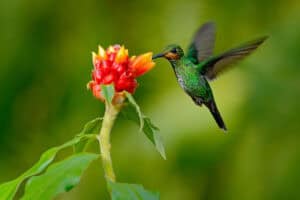
When I first visited Costa Rica, I was amazed by how much can be packed into one small Central American country. Costa Rica is roughly the size of Switzerland and straddles the land link between North and South America. To the East are the warm tropical waters of the Caribbean and to the West you’ll find the cooler Pacific Ocean. These two masses of water have a profound effect on this small country and the diversity of wildlife to be found there.
Putting a stop to deforestation
When you visit today, it’s hard to believe that in the 1980’s deforestation was considered an acceptable outcome in the drive to building a modern country. By 1987 it was apparent that the scales had tipped too far, which led to government introducing initiatives that stopped and have now reversed this decline, making Costa Rica one of the ‘must go to places in the world to visit’.
28 National Parks – Volcanoes, Coast, and Cloud Forest
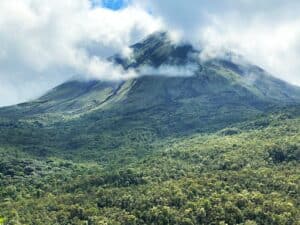
Costa Rica now draws people from all over the world who want to visit the country’s 28 national parks, 3 of which are classified as UNESCO World Heritage sites. This is a land of volcanoes, thermal springs, amazing wildlife, jungles, stunning beaches, and friendly people. First impressions of the capital San Jose can feel like an anti-climax but this feeling is always short lived. Within a few hours’ drive you’ll find yourselves immersed in dense jungles, straining your eyes for a first glimpse of the country’s diverse wildlife.
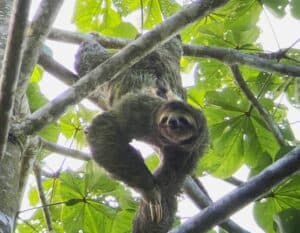
Tortuguero National Park
On a recent visit we travelled East to Tortuguero in search of sloth, caiman, nesting turtles and colourful toucans. Tortuguero is one of the most popular sites to see Green Turtles nesting, with the most optimum time being July to September. From Tortuguero we headed to Rio Pacuare for 3 days of river rafting and jungle hikes.
Arenal and Monte Verde
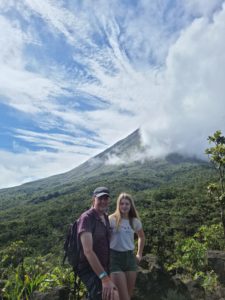
With 28 national parks to potentially visit, we decided to focus on the central region of Arenal and Monte Verde. We were excited to see the active volcano of Arenal, which rises majestically from the surrounding forests. Monte Verde is often shrouded in mist and cloud, which creates a cool, ethereal atmosphere, with a tropical feel.
Corcovado and the remote Osu Peninsula
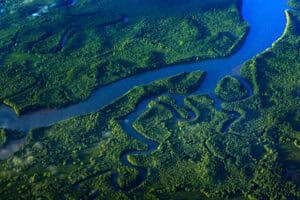
In many respects, it’s almost irrelevant where you focus your time because the whole country offers so many natural-world highlights. We always suggest, if your time isn’t limited, that you plan for 3 weeks and travel slowly. The best wildlife experiences involve a little patience. Do consider spending 3 or 4 nights in Corcovado. Nestled in on the remote Osa Peninsula, it’s regarded as one of the most biologically diverse regions in the world.
Why we love arranging holidays to Costa Rica
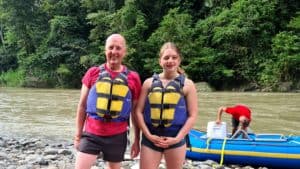
Why do we offer Costa Rica? In 2018, we set out to offer a few more destinations. We wanted to offer some new experiences to the growing Archipelago family. In all honesty, we didn’t know which ones would inspire the most interest, so we simply chose them based on some of our favourite travel experiences.
We love Costa Rica and have worked closely with our local partners to put together some great holiday itineraries. All of our holidays are bespoke, so we can include all of the experiences that appeal to you.
Max and Ian love Costa Rica and will be happy to have an informal chat:
📞Call Max or Ian on: 017687 21040
💻Or email: team@archipelagochoice.com

